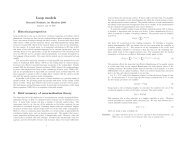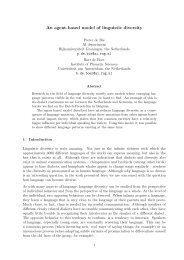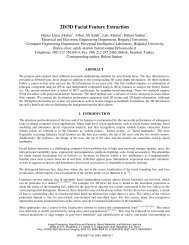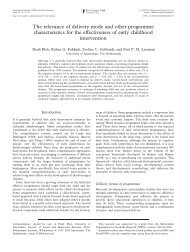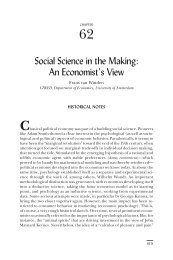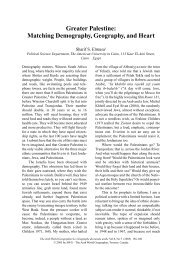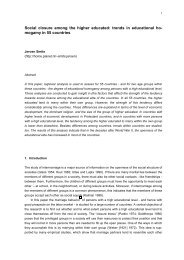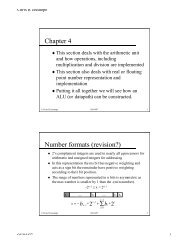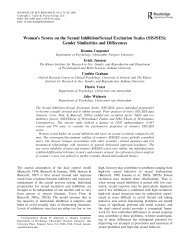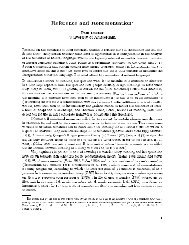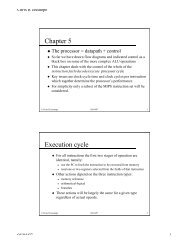Local Bank Financial Constraints and Firm Access to External Finance
Local Bank Financial Constraints and Firm Access to External Finance
Local Bank Financial Constraints and Firm Access to External Finance
Create successful ePaper yourself
Turn your PDF publications into a flip-book with our unique Google optimized e-Paper software.
suggests that program participation was potentially induced by liquidity shortages. A similarcorrelation does not exist with the expected program financing variable (columns 2 <strong>and</strong> 3 ofTable IX), neither within the sample of banks that participated in the program or in the entiresample of banks. Expected financing is not significantly related <strong>to</strong> the proxies of either liquidityshocks or changes in investment opportunities. These results corroborate that the expectedprogram financing variable is a suitable c<strong>and</strong>idate as an instrument for bank sources of capital.Targeting Requirements of the ProgramThe program rules required banks <strong>to</strong> use the program resources <strong>to</strong> extend new loans <strong>to</strong> smallenterprises. A potential alternative interpretation of the results of the paper is that banksexp<strong>and</strong>ed lending in order <strong>to</strong> comply with the program rules <strong>and</strong> secure access <strong>to</strong> cheap fundingfrom future waves of the program. Figure 1 showed some preliminary evidence that bankscould exploit the fungibility of resources <strong>to</strong> comply with the allocation rule <strong>and</strong> at the same timeallocate the additional funds without restrictions. This was accomplished by crowding-out or relabelingexisting loans of bank clients that met the targeting criteria (firms with less than$200,000 in annual sales <strong>and</strong> 20 workers).This subsection provides additional evidence that the allocation rule was not binding. First,the lending expansion that resulted from the increase in available external finance was mostlyallocated <strong>to</strong> firms that were not eligible <strong>to</strong> the program. This can be shown by estimating thewithin firm specification (IV-7) over two subsamples of firms: eligible <strong>and</strong> non-eligible <strong>to</strong> theMYPES program. 17 If the targeting rule were binding, one would expect the external financingshock <strong>to</strong> affect the amount of borrowing of eligible firms, <strong>and</strong> be zero otherwise. On thecontrary, the results in Table VII (columns 5 <strong>and</strong> 6) show that the observed <strong>to</strong>tal expansion in36



